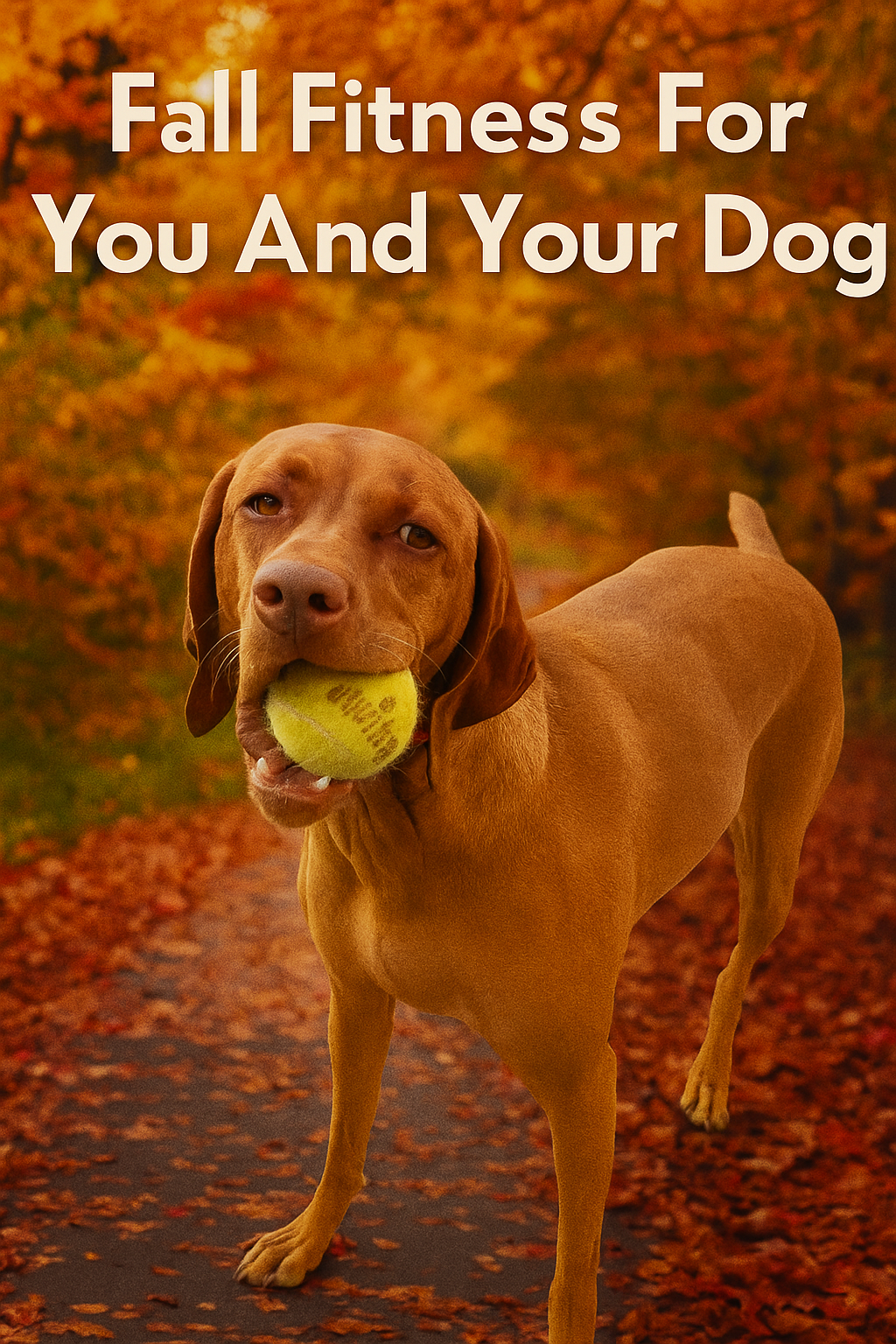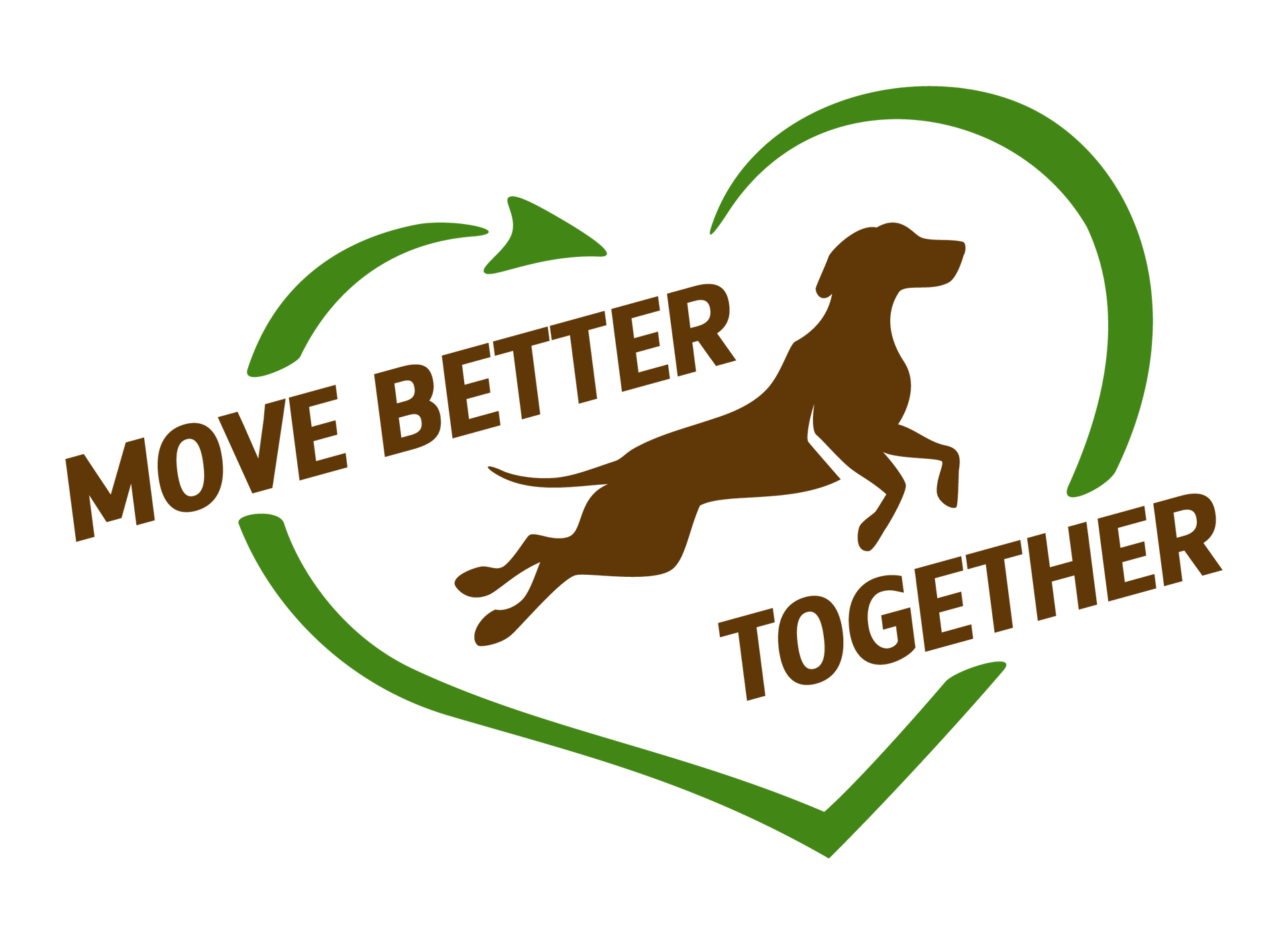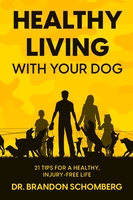What Dog Size Means for Exercise and Activity, let's Dog'ercise 🐾
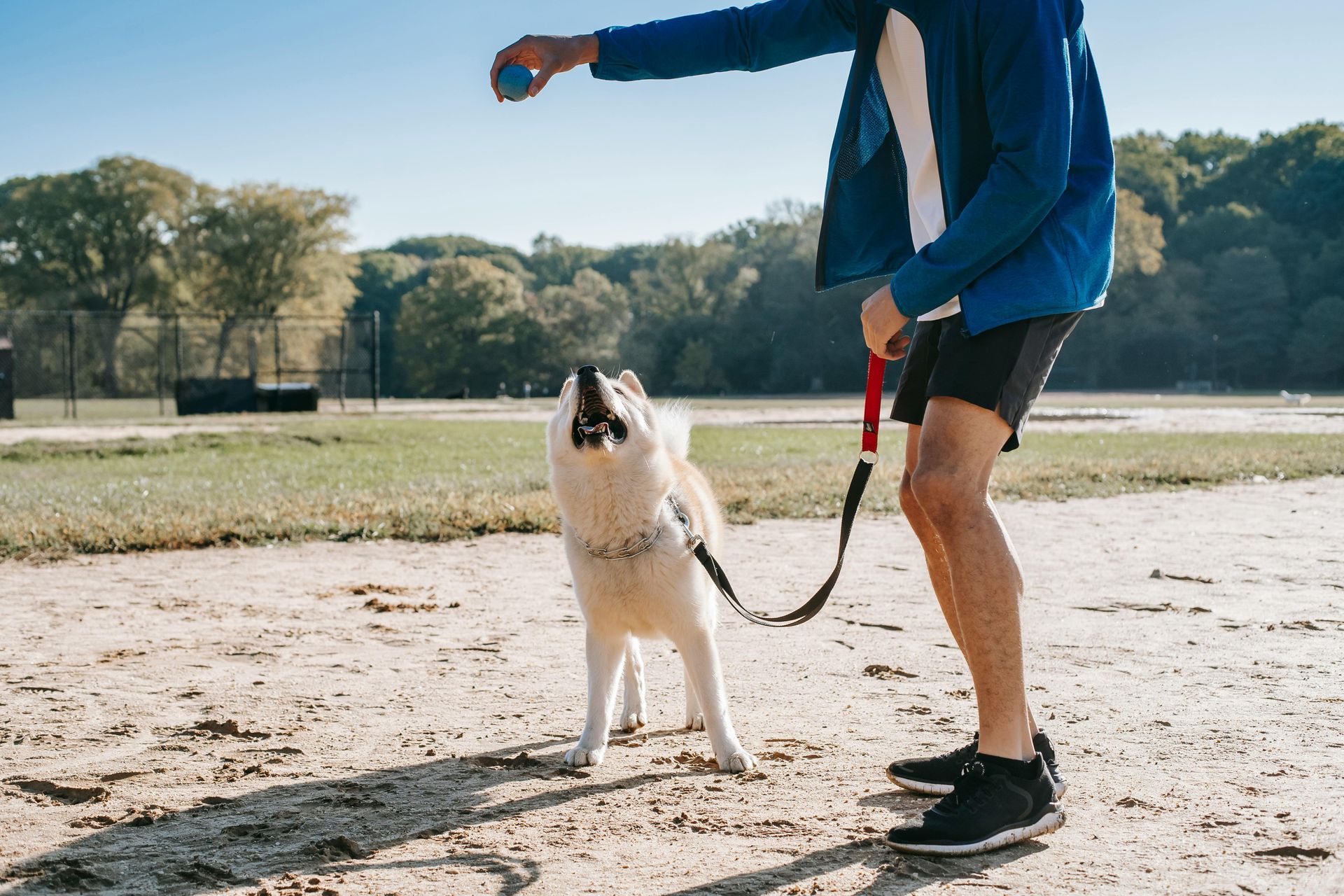
When we talk about “dog size,” most people think only about weight: small, medium, large, or giant breeds. But size is more than a number on the scale. It also includes bone structure, stride length, metabolism, and even temperament. Understanding your dog’s size and how it affects exercise is key to keeping both of you healthy, active, and injury-free. Dog + Exercise = Dog'ercise!
In this post, we’ll explore why size matters when it comes to exercising with your dog, what activities are best for each size group, and how moving together benefits both ends of the leash.
Why Dog Size Matters in Exercise
Dogs are athletes in their own ways, but not all are built for the same workouts. A Chihuahua doesn’t move like a Golden Retriever, and a Great Dane has very different needs than a Border Collie. Here’s why size influences exercise:
- Stride length and pace: Smaller dogs take more steps to keep up, while larger dogs can cover ground quickly but may tire faster.
- Joint and bone health: Larger dogs carry more weight, so their joints need protection from overuse.
- Energy and endurance: Many small and medium breeds have high energy, while giant breeds often prefer shorter bursts of activity.
- Heat regulation: Bigger bodies (and shorter snouts, like in bulldogs) may overheat more easily.
Recognizing these differences helps you select the most suitable activities for your dog’s unique build.
Exercise by Dog Size
Small Dogs (under ~25 lbs)
These little dynamos are often underestimated. While their legs are short, their energy can be boundless. A two-mile walk for a person might feel like a marathon for a small pup.
- Best activities: Agility training, short walks, fetch with small toys, indoor play sessions.
- Watch for: Overexertion on long walks; protect them from extreme cold or heat.
Medium Dogs (25–60 lbs)
Think of medium dogs as the “all-around athletes.” They often adapt well to many activities, from jogging to hiking.
- Best activities: 30–60 minutes of walking or running daily, hiking trails, frisbee, swimming.
- Watch for: Balancing high energy levels—boredom can lead to destructive behavior if not exercised.
Large Dogs (60–100 lbs)
Large breeds have stamina but are more prone to joint issues, especially in hips and knees. Movement should be steady and lower impact.
- Best activities: Brisk walks, swimming, controlled fetch on grass, endurance hikes (with breaks).
- Watch for: Signs of limping, stiffness, or fatigue—especially in younger dogs still growing.
Giant Breeds (100+ lbs)
Gentle giants often want to please but may lack endurance. Their large frames can stress bones and joints if overworked.
- Best activities: Short, regular walks, leisurely hikes, dog yoga stretches, light swimming.
Watch for: Fatigue—break activities into multiple short sessions instead of one long outing.
Benefits of Exercising With Your Dog
Exercising together isn’t just about keeping your dog fit—it also improves your own health! Research shows that dog owners are more likely to meet their daily activity goals due to their furry companions. Benefits include:
- For you both: Improved cardiovascular fitness, stronger muscles, and better joint health.
- Mental health: Reduces stress and anxiety; provides routine and purpose.
- Bonding: Time spent together strengthens trust, communication, and connection.
Tips for Exercising Safely
No matter your dog’s size, follow these principles for safe, fun activity:
- Match the pace to their stride. What feels like a brisk jog for you could be a sprint for your small dog.
- Adjust duration. Break longer workouts into smaller segments if needed.
- Use the right gear. Harnesses, leashes, and water bottles designed for dogs make activity safer.
- Factor in age. Puppies and seniors need shorter, gentler movement.
- Check surfaces. Pavement can be too hot in summer—grass or trails are joint-friendly options.
Moving Better Together
Whether your dog is pint-sized or a giant breed, the key is finding activities that fit their size and energy level. When you match your dog’s needs to the right exercise, you’ll prevent injuries, improve health, and make dog'ercise movement more enjoyable for both of you.
That’s exactly what I dive into in my book Healthy Living with Your Dog: 21 Tips for a Healthy, Injury-Free Life. It’s a guide to creating routines that keep both ends of the leash moving, thriving, and staying connected.
👉 Ready to learn more? Check out the book here and discover how you and your dog can truly move better together.
Email contact@movebettertogether.com as we want to hear how you dog'ercise together!
Move Better, Live Better. Together.
